Conservationist and founder of Inkaterra, José Koechlin, talks to us about Peru, ecotourism and using cinema to promote a destination.
1. What was your experience in conservation and ecotourism before founding Inkaterra?
I was ten years old when I travelled across Peru for the first time. At school, with the Jesuits, we would go on missions to faraway places in Peru where there was no electricity, no running water, no modernity. It was my first time in the Amazon rainforest, the Andean cloud forest and Machu Picchu. Since then, I’ve always looked forward to when I may next be out in the wild.
My childish amazement experienced in rural Peru evolved into Inkaterra. In 1975, we pioneered what is now called ecotourism, working with a holistic approach to improving the quality of life of every living being. Scientific research is conducted for conservation, education and the sustainable development of local communities.
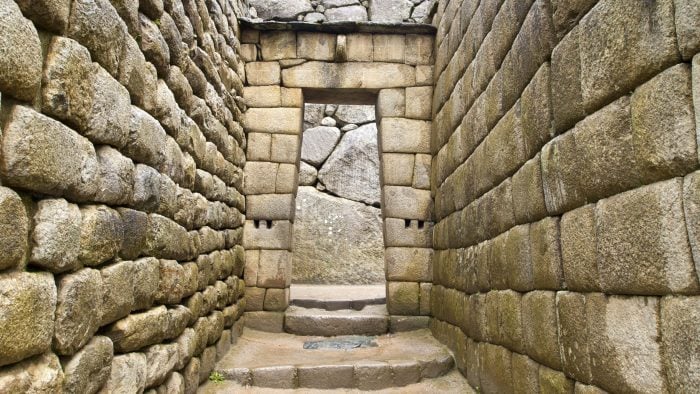
2. What inspired you to found Inkaterra?
The main inspiration was to conserve Peru’s natural and cultural values via ecotourism, in order to share them with the world. Our first hotel was Inkaterra Reserva Amazonica, established in the Amazon rainforest of Madre de Dios, due to its proximity to Cusco. This eco-lodge inspired the first ecological reserve with tourism purposes in Peru. Its design is traditional and it’s built with native materials, in harmony with the environment.
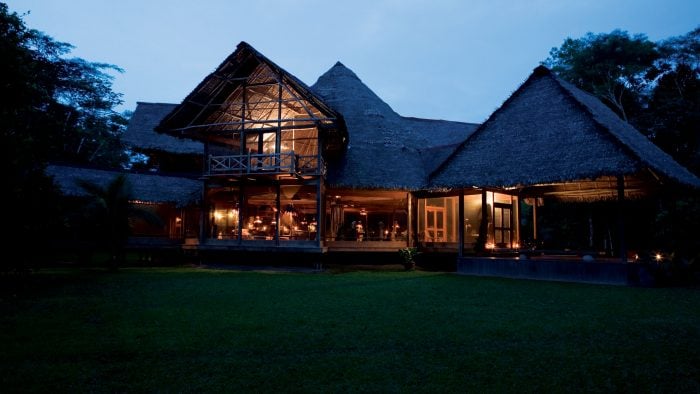
3. What does Inkaterra do that sets it apart from other eco-lodges?
Since 1978, Inkaterra has performed scientific research to define the primary environment in order to later compare the human impact in natural areas. For instance, inventories include 814 bird species registered within Inkaterra areas (equivalent to 94% of the total bird diversity in Costa Rica) and 1,266 vascular plant species (inventoried in collaboration with the Missouri Botanical Garden). 28 species new to science found within Inkaterra areas have been published.
Some of the conservation initiatives managed by the NGO Inkaterra Asociación (ITA) are the Inkaterra Canopy Walkway, a bridge system 100 feet above the ground, built to study wildlife in the rainforest canopy; the Spectacled Bear Rescue Center at Inkaterra Machu Picchu Pueblo Hotel, to protect the only bear species native to the southern hemisphere; and the Inkaterra Birding Cup, an international competition unique for its non-stop modality, which aims to confirm Peru as a top destination for bird watching.
We have trained more than 4,000 people from local communities since Inkaterra was founded. Career opportunities in hospitality, field guidance and agroforestry projects on cacao and Brazil nut, are bonded to Inkaterra’s sustainable approach. Workshops and conferences are constantly organised for local communities to raise awareness about environmental care.
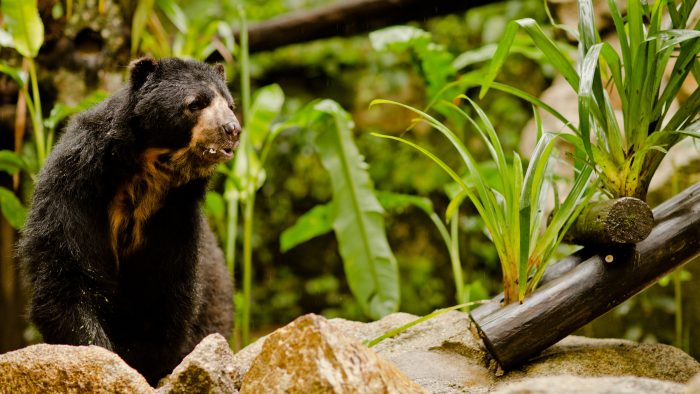
4. What should Peru be doing at a national level to advance conservation causes?
Peru is defined by its geography, its history, and for being one of the 17 mega-diverse countries in the world. It is blessed with 2,200 kilometres of Pacific coastline, a significant part of the Andes mountain range, and 62% of its national territory belongs to the Amazon rainforest. Peru is a merger of various Pre-Hispanic civilisations, from the blooming of Caral 5,500 years ago (contemporary to Mesopotamia, the cradle of Western Civilisation) to the splendour of the Inca Empire in the early 15th century. 84 of the 104 life zones in the Holdridge scheme are found in Peru. For instance, Peru has 1,816 bird species, including 120 endemics.
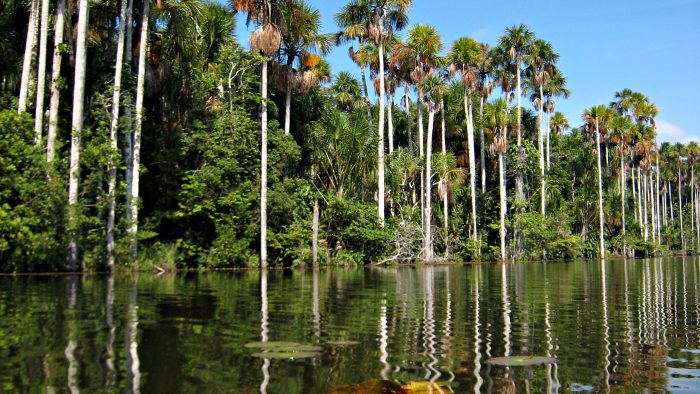
The United Nations has declared 2017 as the International Year of Sustainable Tourism for Development. This significant statement determines ecotourism as a profitable alternative to mitigate the effects of climate change. Ecotourism can be more productive than many extractive industries nowadays, as biodiversity has a social function through the sustainable use of natural resources, which is a way to conserve them.
At a national level, Peru should promote sustainable business models, create more ecological reserves and raise awareness of the value of biodiversity. Peru is among the signatory nations in the Convention on Biological Diversity. According to the Aichi Biodiversity Targets, 10% of its seas shall be protected by 2020. Nonetheless, to this date no marine protected area has been approved.
In 2012, the NGO Inkaterra Asociación presented the Ministry of Environment with a technical proposal to justify the creation of the first marine reserve in Peru, in the Cabo Blanco tropical sea, where 70% of the country’s ichthyologic diversity is found. The motion was examined in situ and backed by the National Geographic Society, the International Game Fish Association and the University of Miami, among other institutions.
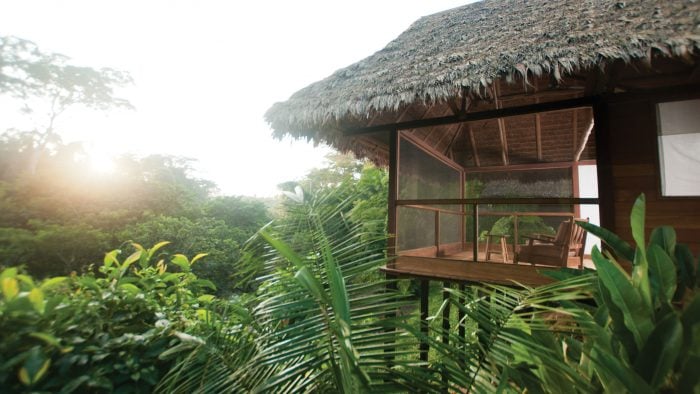
5. How important is travel and tourism to conservation?
Travellers are seeking authentic, educational experiences. From family travel to birding, factual information is always expected. Scientific research and biodiversity conservation is essential to Inkaterra when designing in-house excursions. Our Inkaterra Explorer Guides fulfil this need of knowledge when explaining natural pollination in our native orchid collection, or why spectacled bears are essential to the cloud forest ecosystem. Sharing our passion for biodiversity through ecotourism is a key to raising awareness of conservation.
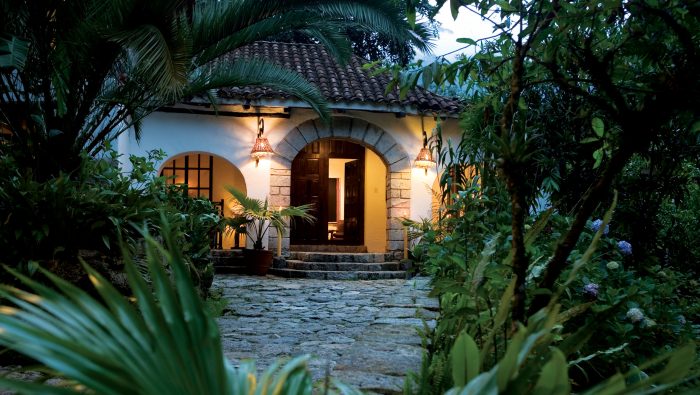
6. Which of the Inkaterra properties is your personal favourite and why?
From Ese’Eja-style cabanas at Inkaterra Reserva Amazonica and an Andean village with whitewashed casitas tucked away in the Andean cloud forest amid ferns, stone paths and waterfalls (Inkaterra Machu Picchu Pueblo Hotel), each property has its own personality, defined by design, sense of place and a vast array of activities that allow travellers to discover local biodiversity and culture within Inkaterra areas. Four of our hotels are members of the alliance National Geographic Unique Lodges of the World.
There would be an ex aequo between Inkaterra Hacienda Urubamba, our most recent addition to the Inkaterra portfolio, and Inkaterra La Casona. The first, a contemporary hacienda surrounded by imposing green mountains and harvest fields in the Sacred Valley of the Incas, was recently honoured with Tatler’s Best Authentic Experience Award and was acknowledged by Travel + Leisure and Condé Nast Traveler among the world’s best new hotels.
On the other hand, Inkaterra La Casona is the first Relais & Châteaux property in Peru. It is an exquisite 16th-century manor house on the former training grounds of an elite army of the Inca Empire, which hosted Conquistador Diego de Almagro and Libertador Simón Bolivar among other illustrious guests. Its restoration took five years, celebrating the encounter of cultures and traditions through its colonial furniture, Pre-Hispanic textiles and original murals.
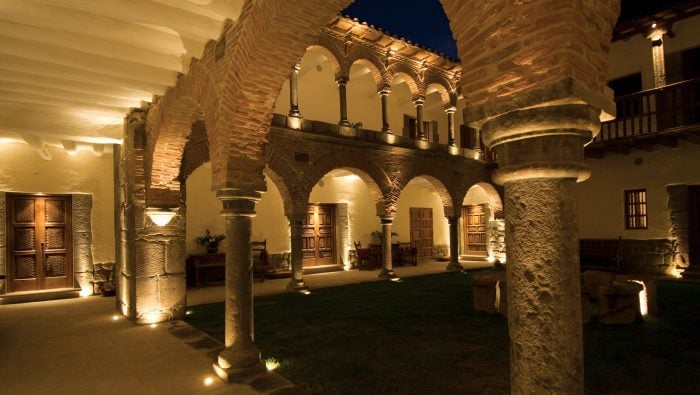
7. You’ve also worked in film. What was your experience working with Werner Herzog?
Werner and I met at the end of 1971, when he arrived in Lima to present his first films at Champagnat High School. By that time, he had created experimental and profound works such as Even the Dwarfs Started Small and Fata Morgana, aiming to grasp the unfathomable aspects of human existence. Werner had received a grant from a German TV station to make a film on Lope de Aguirre, the mad Conquistador that betrayed the Spanish Royal Crown and led an expedition in search of El Dorado.
After attending the screenings and starting our friendship, I convinced him to reach a wider audience with his first feature film: Aguirre, the Wrath of God (1972). My role as co-producer was decided with a verbal agreement and a hand shake – no budget, no paperwork nor any form of restriction, in order to let Werner work with complete freedom.
In 1978, I travelled to Germany to meet with Werner and proposed he produce another feature film in the Peruvian jungle. I told him about Carlos Fermín Fitzcarrald, Peru’s great geographic hero. Fitzcarrald was the first to cross through the ‘Fitzcarrald Isthmus’. He integrated Madre de Dios with the Peruvian economy during the Amazon rubber boom. He deserved a 20th-century monument, a film to show his determination. Werner intertwined this epic image with the story of an opera fanatic determined to bring Caruso [Enrico Caruso, an Italian tenor] to the Amazon, and to avoid any contingencies with name rights we named it Fitzcarraldo (1982).
Making Aguirre and Fitzcarraldo were true adventures and unrepeatable achievements. Both were filmed in extremely harsh conditions in the rainforest and I believe no other film will be made under those circumstances. Werner and I faced limits, and under these conditions both of us became more resilient towards adversity. Experience taught us that there is always an alternate way of working, living and solving problems. There were very difficult moments that led to us becoming true friends.
The trailer for Werner Herzog’s ‘Fitzcarraldo’, 1982
8. How can the medium of film be used in conservation?
Cinema is one of the most effective ways to promote a destination. Aguirre, the Wrath of God played in Parisian theatres for three years in a row, whilst Fitzcarraldo won the Best Director award at the Cannes Film Festival. Both films contributed to the development of tourism in Peru, as they grasp the true spirit of Machu Picchu and the Amazon. Watching these films serves as inspiration to explore these powerful landscapes, not only to experience nature but also to find ways to conserve it.
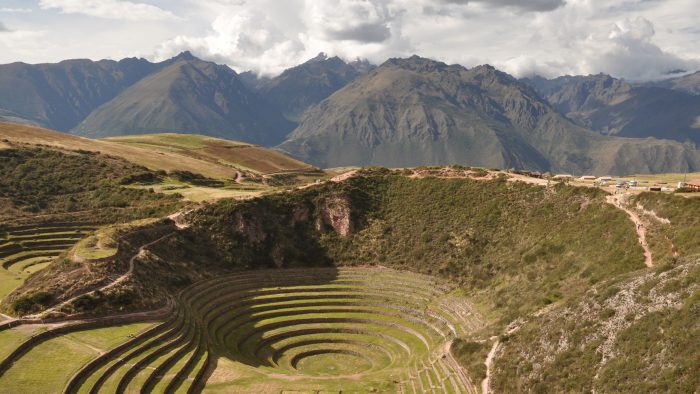
9. What goals do you still want to achieve?
Along with Inkaterra Asociación’s technical proposal to establish the first marine reserve in Peru, Inkaterra is developing a new sustainable tourism project in the Cabo Blanco Pacific Ocean and desert.
Meanwhile, Inkaterra Explorer Guides Field Station will be launched in the following months. This lodge is designed to train Inkaterra Explorer Guides and to host scientists, students, volunteers and travellers willing to engage in diverse research and conservation projects in the Peruvian Amazon. A fascinating experience in the midst of the Amazon rainforest, IEGFS inspires ecotourism leaders to excel in guiding skills, manage ecological initiatives, and gain knowledge of various ecosystems in the Madre de Dios region.
Four decades after establishing Inkaterra, who would have thought that we would be catering to more than 200,000 travellers each year?









